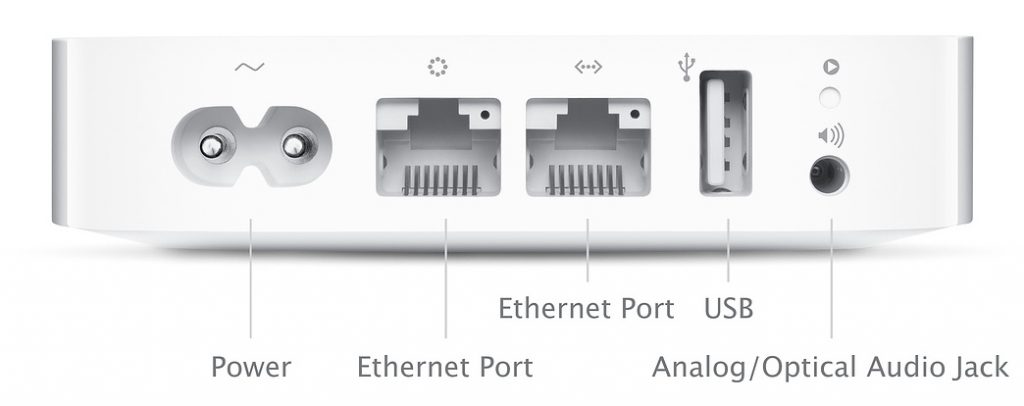As has been the case in 2012, I have written a couple more books. Just like last year, I have written a couple of books. Also like last year there are two, one about iOS, tvOS and watchOS and the other about macOS.
In previous years I have published an iBooks version as well as an ePub. There is a slightly different approach this year, at least for my books on Apple. There is only going to be one version, ePub. The biggest reason for this that the ePub format that is produced by Apple's Pages software can now do image galleries, which was the big reason for doing the iBooks version.
Similar to last year there will be paperback versions of the books, the order information for that will be forthcoming a bit later.

iOS 12, tvOS12, and watchOS 5 for Users and Developers delves into the changes and new features of Apple’s iOS-based operating systems.
Some of the changes covered include: performance improvements, privacy changes, grouped notifications, enhancements to FaceTime, improved photo features, suggested password enhancements and more. We will also cover some app updates, including changes to Activity, Stocks, News, Voice Memos, and Books.
There are also a bunch of new features like the new Siri Shortcuts which allows you to automate various tasks. Screen Time will let you gain insights into your, as well as your children’s, usage across all of your devices. If you like sending Animoji you will love the all new feature Memoji which allows you to customize an Animoji character however you would like. The new Live Listen will help those who may have a difficult time hear things more clearly. We will also dive into the new Safari password features which will help you use individual passwords on all of your devices.
For developers we dive into the Xcode Changes includes Dark Mode, Performance Improvements, changes around object libraries, and enhanced editing features. We will also dive into Grouped Notifications and how to provide threaded conversations. With Siri Shortcuts we will look at the different ways of adding intents. ARKit 2 is also covered which includes Quick Look and Persistence. For CoreML we look at how to improve model sizes with quantization as well as a brand-new framework related to CoreML, called CreateML. There are also two additional brand new frameworks, Natural Language and Network and we look at these as well. No Apple Developer book would be complete without looking at some of the changes that surround Swift.
There are some features for web developers as well which includes MapKitJS, MusicKitJS and ways to provide secure loading of remote content.
No matter your technical level, there is something for everyone in iOS 12, tvOS12 and watchOS 5 for Users and Developers.
You can pre-order the ePub from Apple for $3.99, or the Kindle version from Amazon for $3.99.

Despite macOS being a mature operating system, the new version macOS Mojave (10.14) contains a bunch of new features. Some of the new features covered include Dark Mode, Screenshots & Markup, and the redesigned Mac App Store.
Besides the new features there are some major changes too including ones to Finder, Safari, and using unique passwords on each website. There are also four brand new applications that are coming from iOS. We look at these in-depth. These apps are Stocks, News, Home, and Voice Memos.
Server Administrators see some big changes with macOS Mojave and these are covered as well.
For Developers we cover Xcode changes include performance improvements, object libraries, editing enhancements, and code folding improvements. We look at implementing Dark Mode within your apps, Notarized apps, and implementing Finder Actions.
There are some new frameworks that are covered as well. These include the Network Framework, Natural Language, improvements to CoreML and a related framework called CreateML.
For web developers we cover MapsKitJS, MusicKitJS, and secure loading of content.
No Apple developer book is complete without a discussion of the changes around Apple’s own programming language, Swift. We cover some of the recent changes as well as some future ones.
You can pre-order the ePub from Apple for $3.99, or the Kindle version from Amazon for $3.99.


















